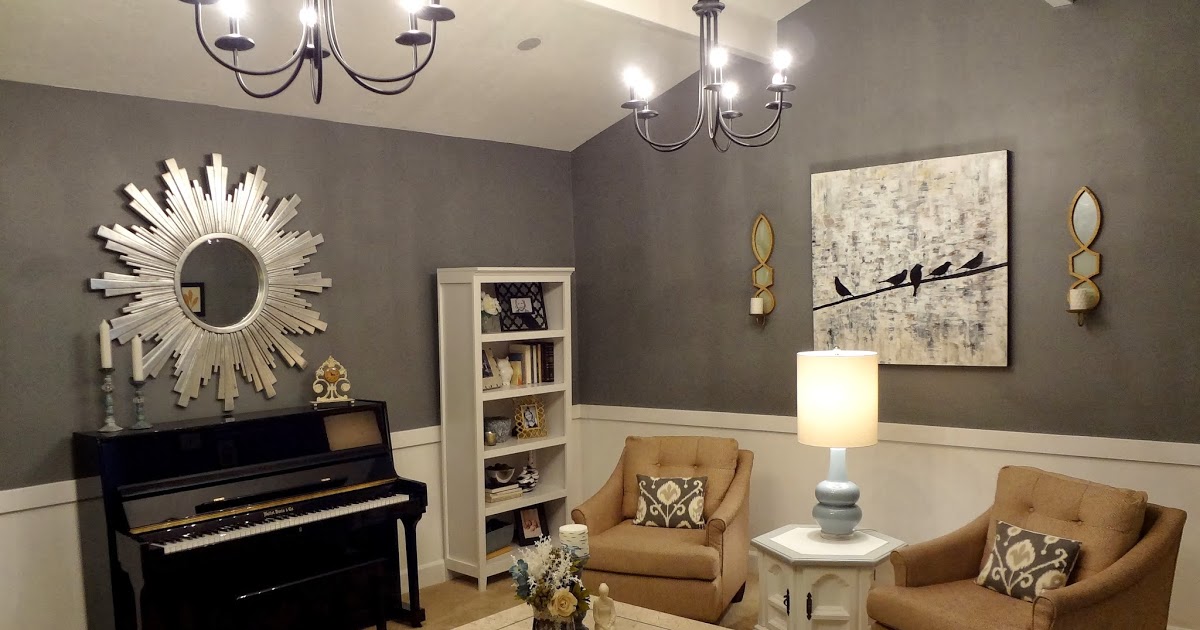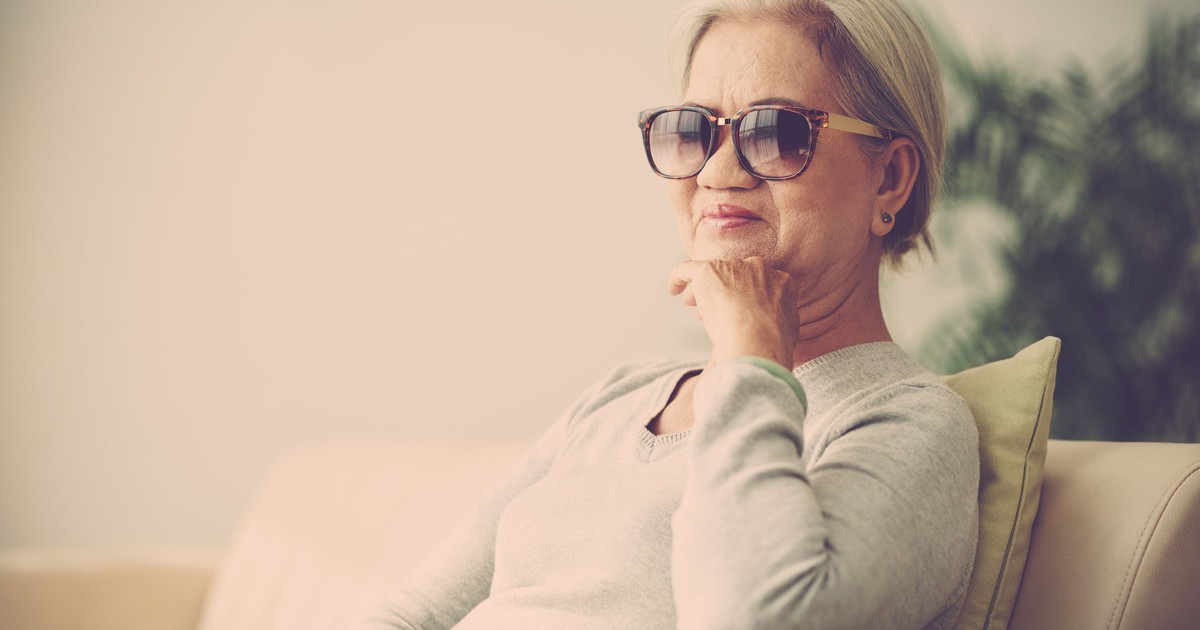Guide To Diagnosing And Treating Cataracts
Improve Lighting In The Home

Cataracts can cause particularly dim vision, and objects may appear faded and shadowy. Some patients may feel an increasing sense of frustration as common activities such as reading the morning paper, pouring coffee, and watching the evening news become challenging or impossible. Making lighting changes in the home environment can help patients who have cataracts enjoy their home environment more, improving their wellbeing and quality of life. Reading tasks can be made easier through the use of special magnification lamps. These magnification lamps are placed on the floor and include a strong light and a magnifying glass mounted on an adjustable arm. Patients can move the arm to bring the light and magnifying glass very close to their reading materials, enabling them to see much more accurately. In the kitchen, the installation of bright under-cabinet lighting can help illuminate work surfaces and improve lighting in the home overall, making chopping and other meal preparation tasks safer. While lighting options are available through home decor stores, specific devices designed for patients with low vision are often available through local government resources.
Wear Sunglasses Outside

Optometrists and ophthalmologists routinely advise all patients to wear sunglasses outside throughout the year. Exposure to the sun's rays can increase the risk of getting first-time cataracts, and patients who have already had cataract surgery may have an increased risk of getting a second cataract if they do not wear sunglasses outside. The most important factor when using sunglasses for cataract prevention is to choose sunglasses that block one hundred percent of the sun's ultraviolet rays (both UV-A and UV-B rays). If possible, patients should wear sunglasses with large frames that cover most of the eye area, including the sides of the eyes. Do not buy any sunglasses that appear scratched on the outside. To further protect eyes from the sun, eye health professionals recommend wearing both sunglasses and hats or visors. They also suggest that patients stay indoors during the time of day when the sun is strongest, usually between 11 am to 4 pm.
